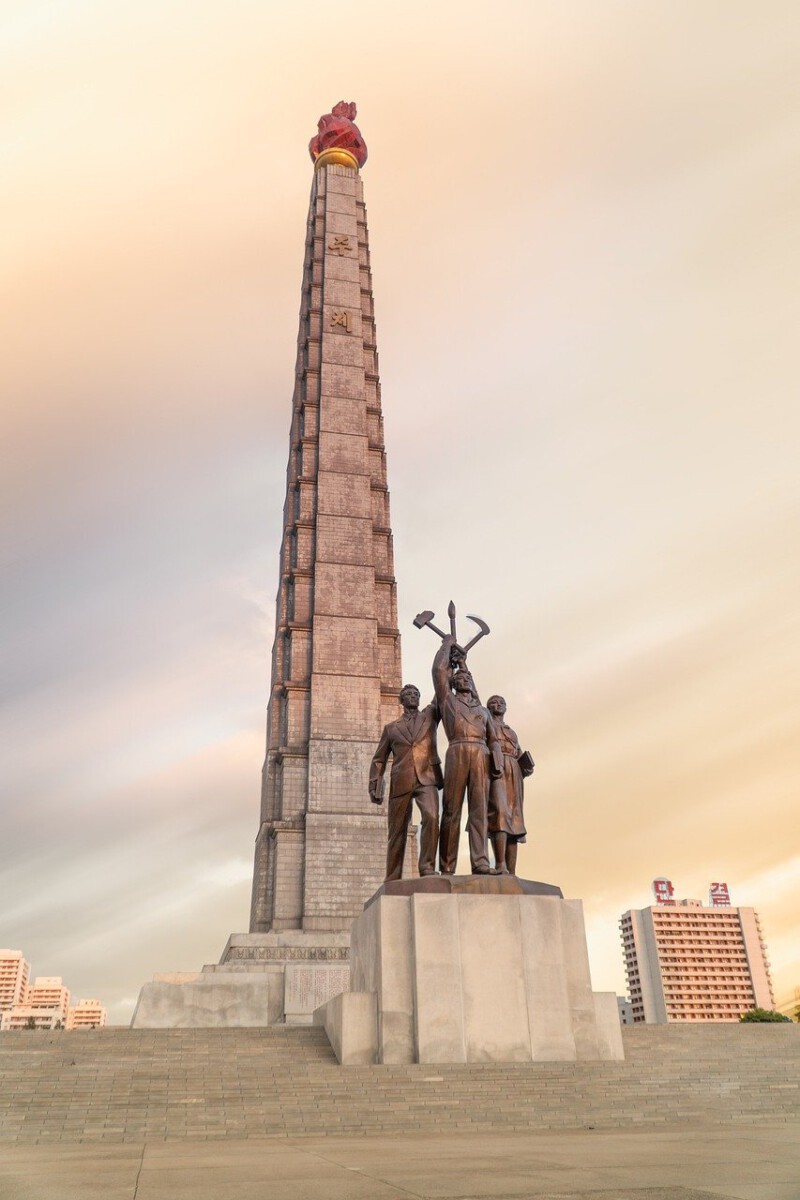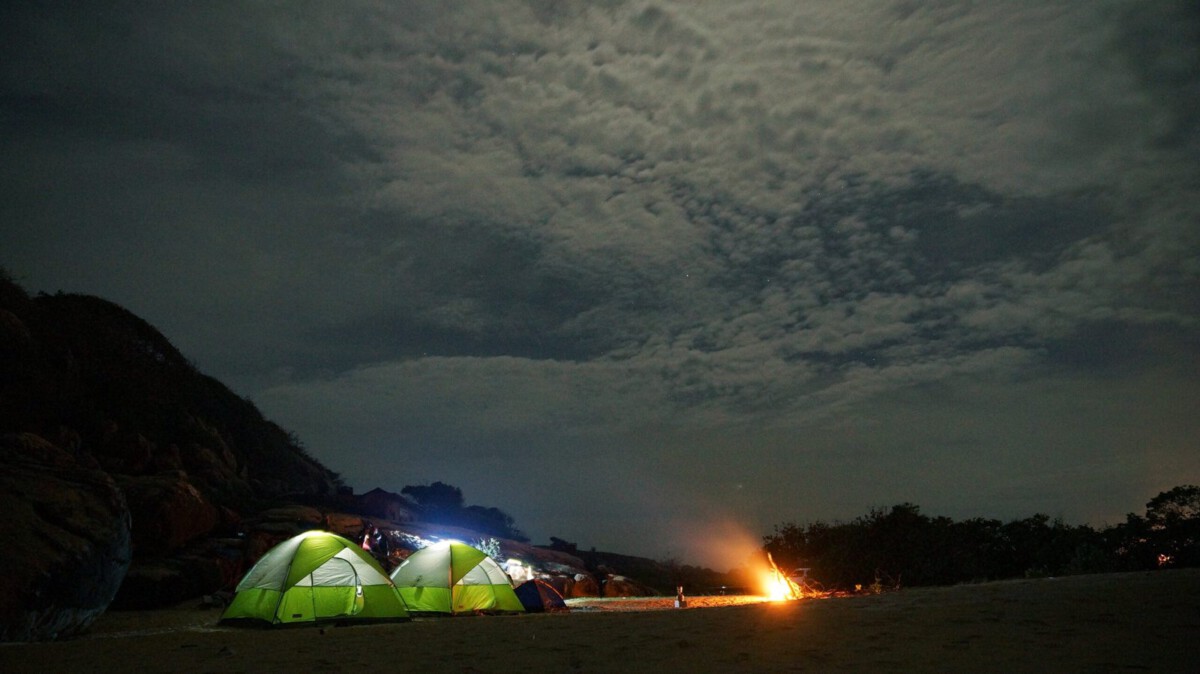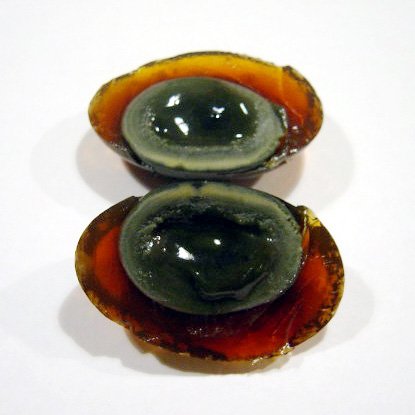A Glittering Playground, Suddenly Silenced
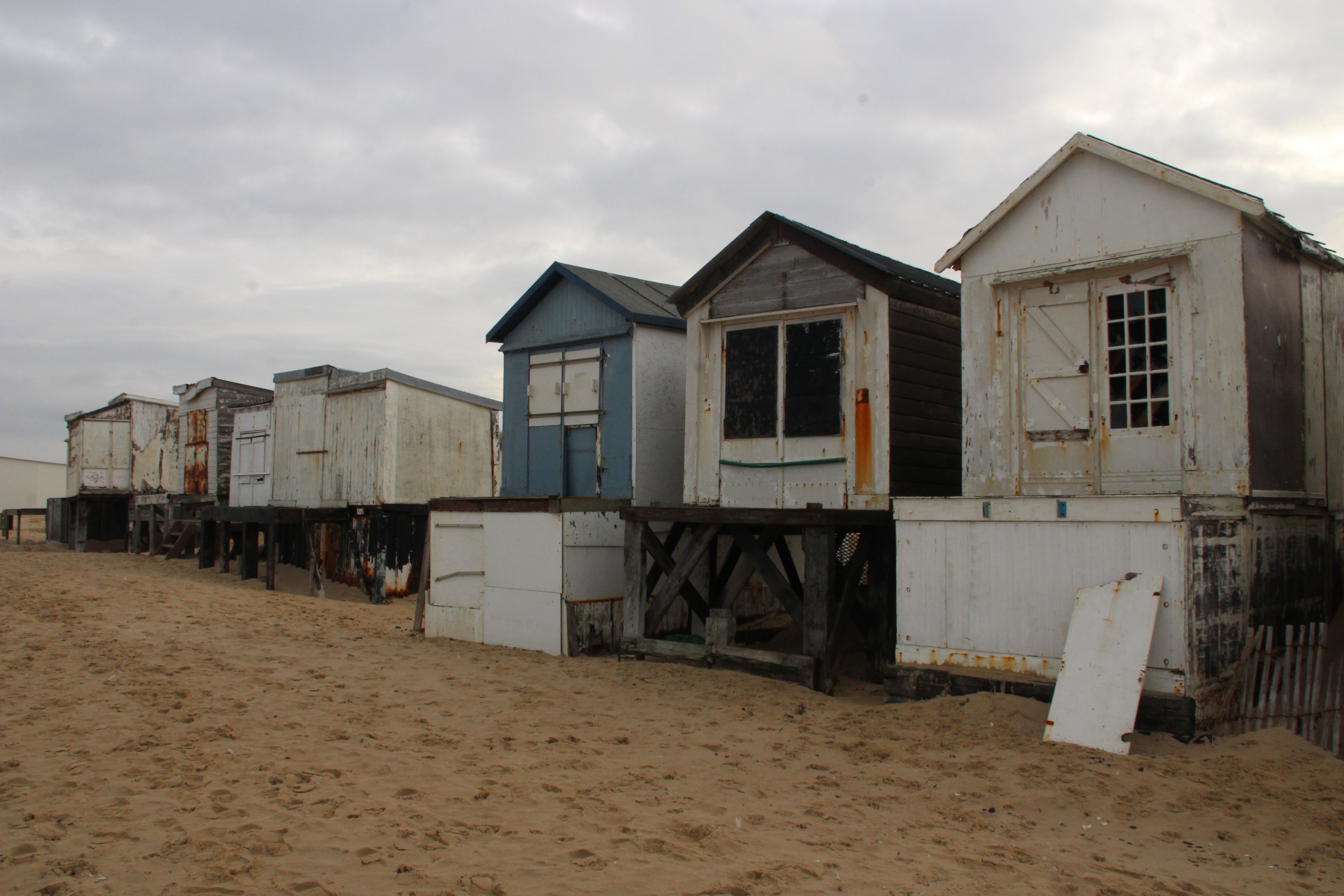
Once, the golden beaches of Varosha sparkled with laughter and music. In the early 1970s, this district of Famagusta was the jewel of Cyprus, drawing in celebrities and sunseekers from all corners of the world. Movie stars like Brigitte Bardot and Elizabeth Taylor strolled its promenades, while families built their lives around thriving hotels, shops, and cafes. The population swelled to nearly 39,000, and at its peak, Varosha hosted over half of all Cyprus’s tourists. But in July 1974, following a coup and Turkish military intervention, the lively resort was evacuated almost overnight. Families fled, leaving meals on tables and clothes in wardrobes, never imagining that their homes would remain untouched for decades.
What Remains Behind the Fences
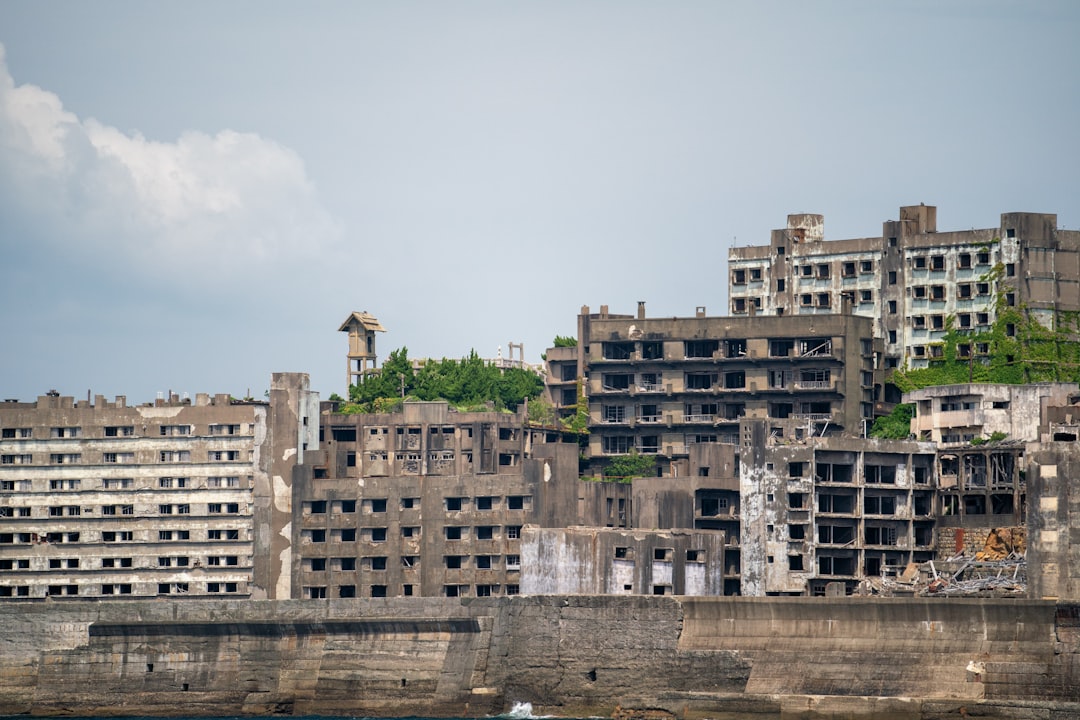
Varosha has been sealed off and patrolled by the Turkish military since 1974, its entry forbidden to all but soldiers and UN personnel for decades. For years, the city sat behind barbed wire, its grand hotels and crumbling apartments baking in the Mediterranean sun. Windows shattered, balconies sagged, and nature began its quiet takeover. In October 2020, Turkish Cypriot authorities partially reopened the beachfront and a few avenues, but the majority of the city remains eerily deserted, its heart still locked away. Stray cats and wild plants wander the once-manicured streets, and the silence is broken only by the echoes of the past.
Architecture Stuck in Time
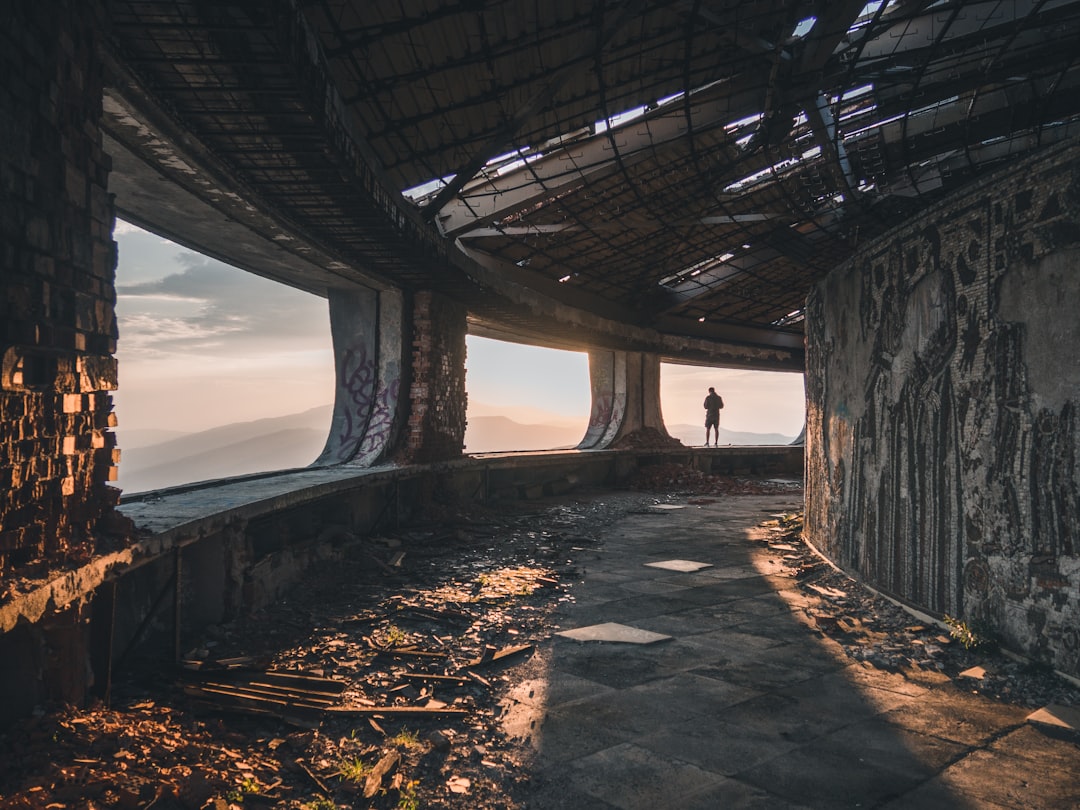
Walking Varosha’s streets feels like entering a giant, open-air museum of the 1970s. The hotels and apartment blocks showcase bold modernist designs, with geometric balconies and pastel facades now faded by decades of sun and salt. Neon signs from long-gone nightclubs still cling to buildings, and old Chevrolets rust in abandoned garages. The skeletons of luxury—swimming pools emptied of water, ballrooms littered with sand—remind visitors of the city’s sudden pause. Urban explorers describe the area as a mixture of haunting beauty and melancholy, with every empty window telling a story of interrupted lives.
Aftermath of a Divided Island
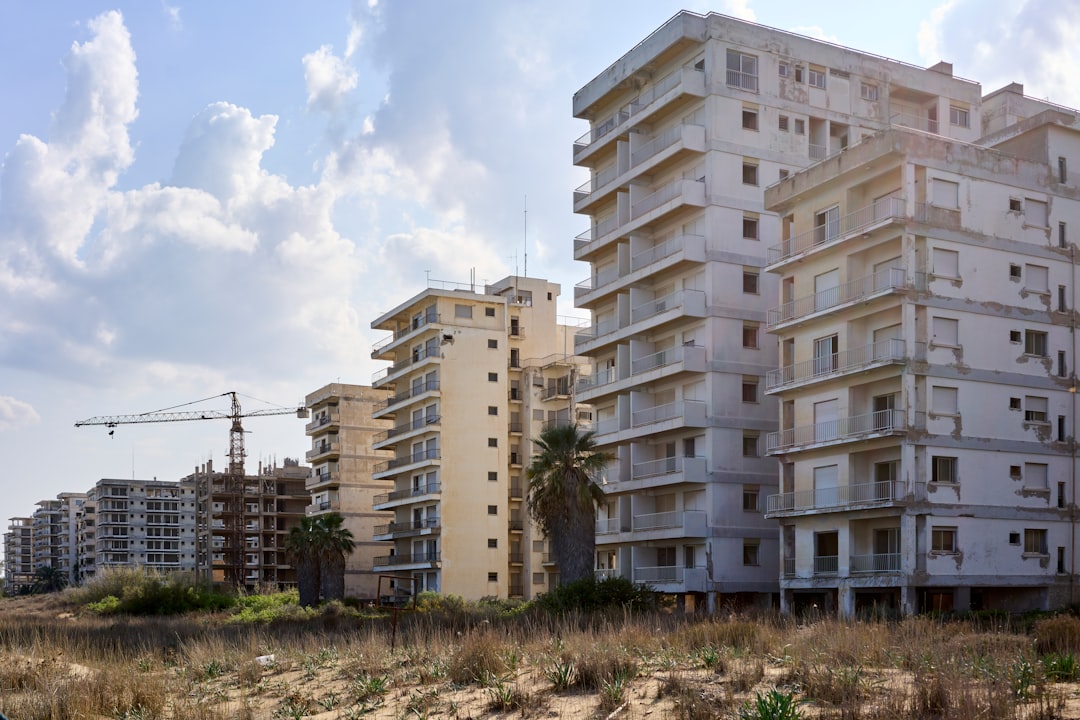
The Turkish invasion and subsequent division of Cyprus not only changed the island’s political landscape but also scarred its communities. Tens of thousands of people lost homes, businesses, and memories overnight. For Greek Cypriots, Varosha became a powerful symbol of loss and longing, an ongoing wound in the national psyche. The city’s abandonment stands as a stark reminder of the unresolved conflict. Despite repeated UN resolutions calling for the area’s return to its original inhabitants, the ghost town remains at the heart of political tensions between Greek and Turkish Cypriots.
Walking Through Silence
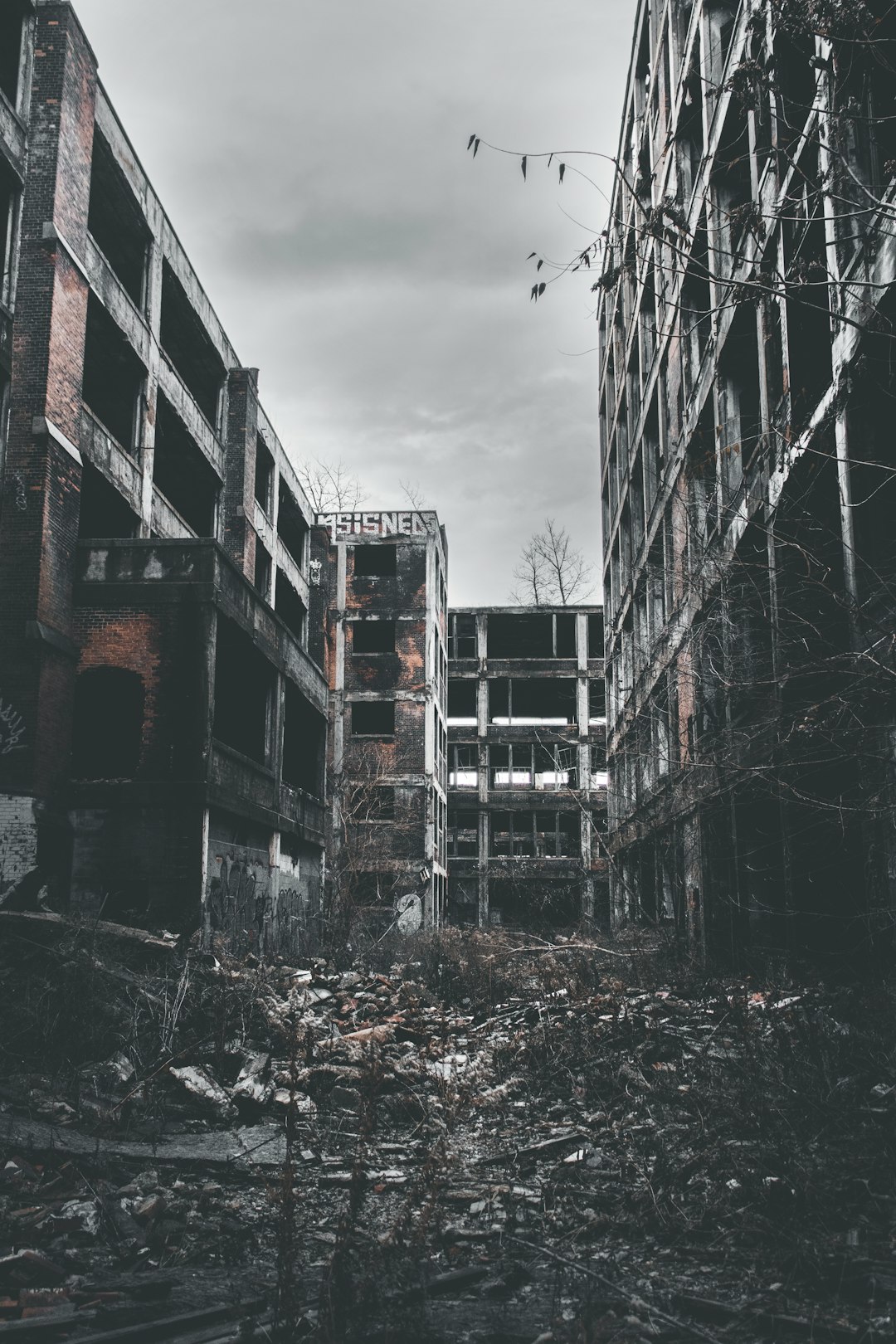
Those who have walked Varosha’s reopened sections describe the experience as surreal and deeply moving. The silence of the empty boulevards is heavy, and the sounds of everyday life—children playing, glasses clinking—exist only in the imagination. Many visitors, including some former residents, report feeling a strange mix of nostalgia and grief as they pass familiar yet unrecognizable landmarks. The deserted shops, still stocked with faded mannequins and cracked mirrors, evoke a sense of time frozen mid-motion. Each step through Varosha is a reminder of how quickly normal life can vanish.
Tourism’s Promise and Peril
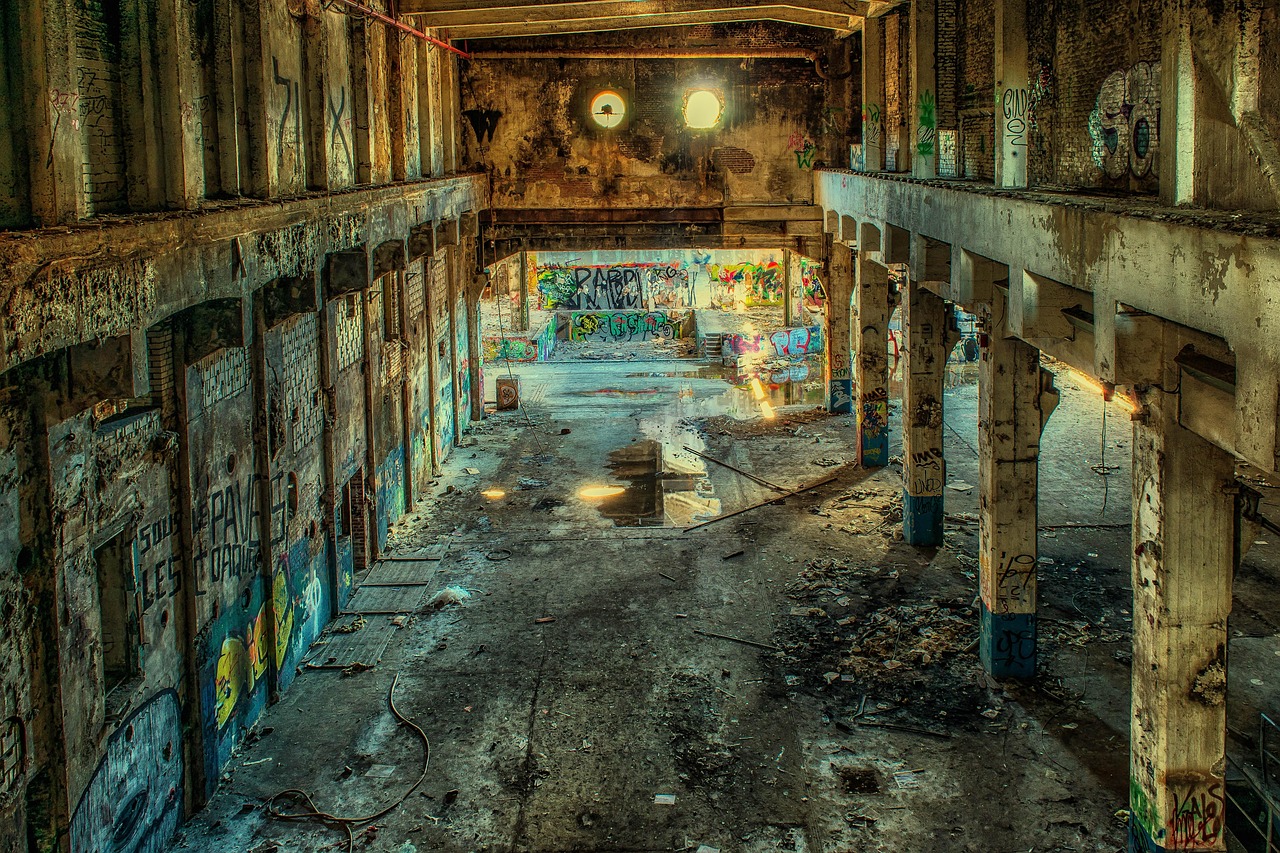
Recent moves to reopen Varosha to tourists have ignited both hope and controversy. On one hand, the area’s unique history and haunting atmosphere could draw visitors from around the world, reviving the local economy. On the other, many worry about the ethics of turning a site of trauma into a tourist attraction. Former residents, in particular, fear their memories and losses will be overshadowed by commercial interests. The challenge lies in finding a respectful balance—preserving the scars of history while allowing new stories to be written.
Nature’s Quiet Reclamation

Decades without human activity have transformed Varosha into a haven for wildlife. Wildflowers and bushes have burst through cracked pavements, while birds and small animals have made homes in once-luxurious villas. Ecologists have observed rare plant species and increased biodiversity, turning the ghost town into an accidental nature reserve. However, the threat of redevelopment looms. Environmentalists warn that a sudden influx of visitors or construction could disrupt these fragile new ecosystems, urging careful planning to protect the area’s unique blend of history and nature.
International Eyes on Varosha
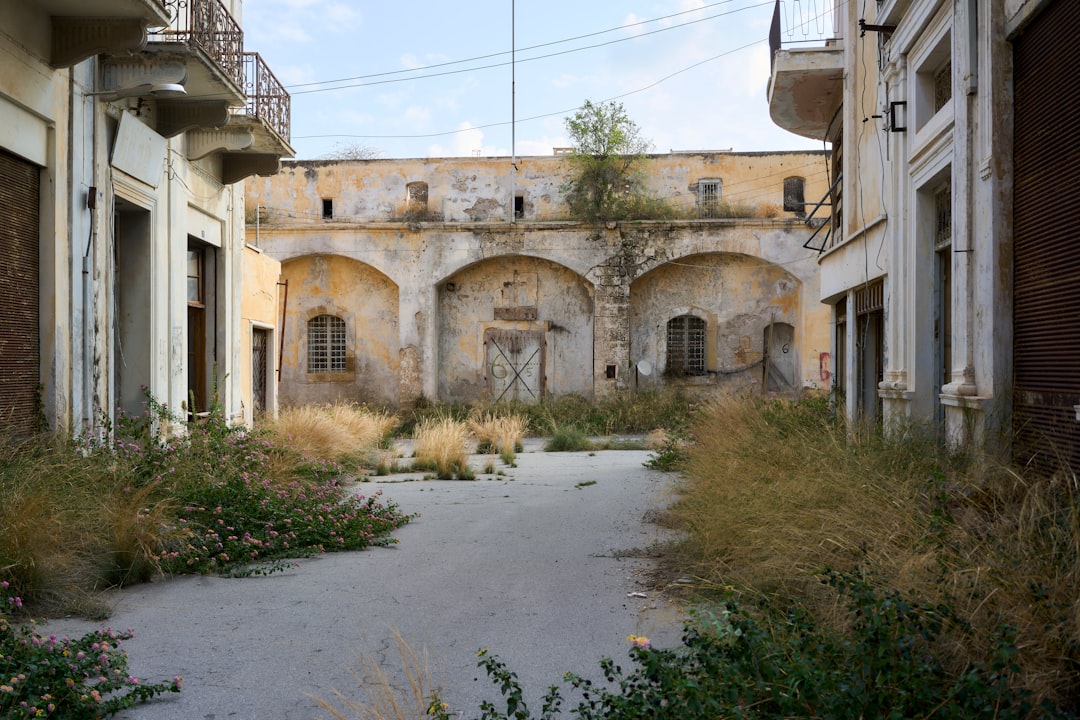
The partial reopening of Varosha in 2020 caused an international stir. The United Nations, the European Union, and countries like Greece and the United States have expressed serious concerns, emphasizing that any change in the status of Varosha should respect previous UN resolutions. The move has complicated ongoing peace talks, as Greek Cypriots see it as a violation of their rights and a provocation. Diplomats continue to debate the city’s future, and the fate of Varosha remains a key issue in negotiations over the island’s reunification.
Memories from Displaced Families
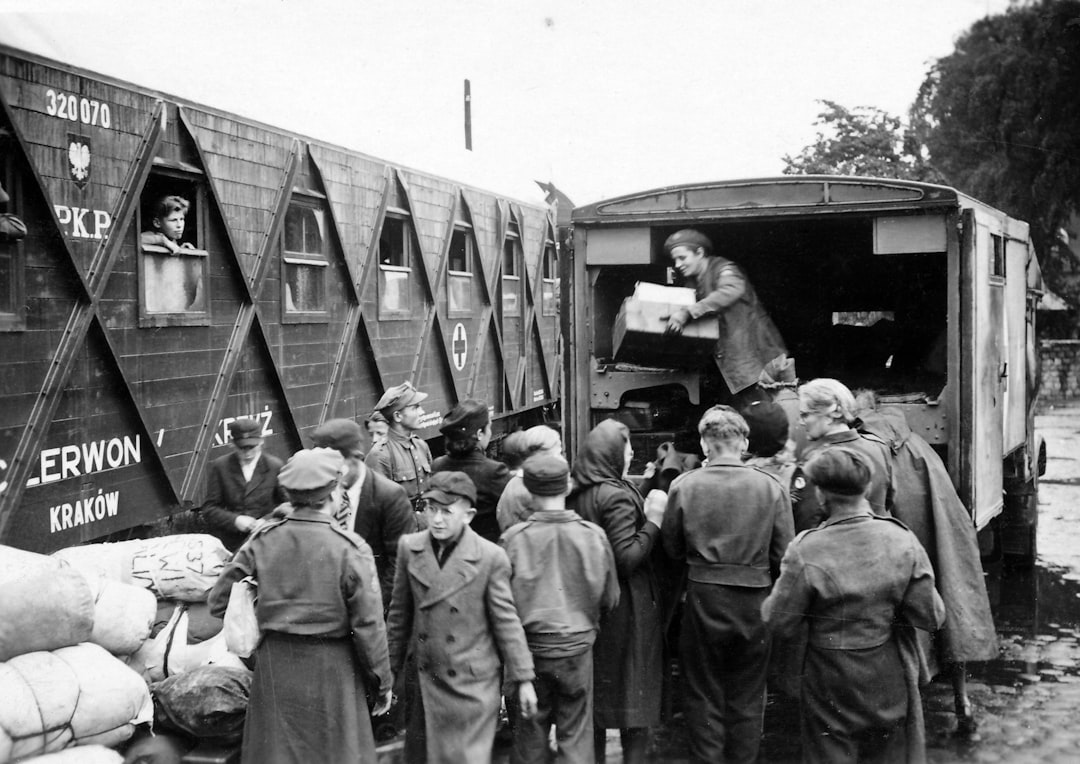
For those who once called Varosha home, the ghost town is far more than a curiosity. Displaced residents keep old photos, letters, and keys as cherished reminders of the lives they lost. Some have returned to walk the reopened streets, overwhelmed by emotion at the sight of childhood homes or family businesses. Their stories—of weddings celebrated, birthdays marked, and dreams built—bring a human face to the statistics. Many hope for a day when they can reclaim their heritage and restore the community’s spirit.
The Uncertain Path Ahead
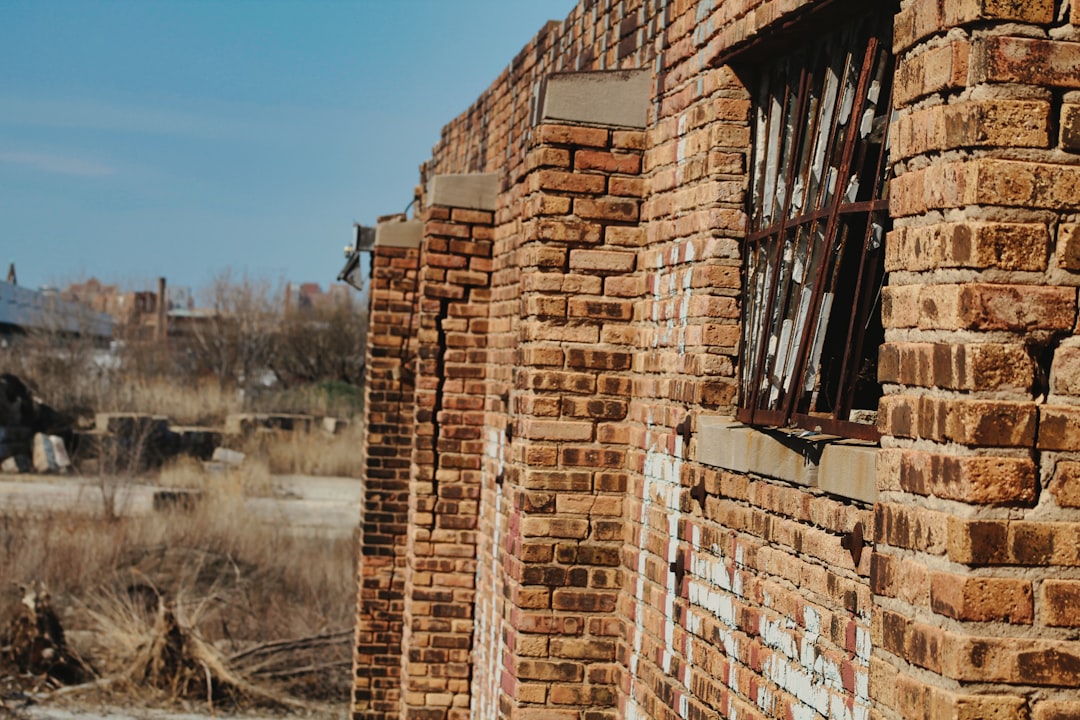
With Varosha at a crossroads, the next few years will be pivotal. Turkish Cypriot plans for phased redevelopment are underway, but the future remains clouded by legal battles, diplomatic tensions, and the personal hopes of thousands. Will Varosha become a symbol of reconciliation or deepen the island’s divisions? The decisions made now will shape not just the city’s skyline but the collective memory of Cyprus itself.
Stories Hidden in the Sand
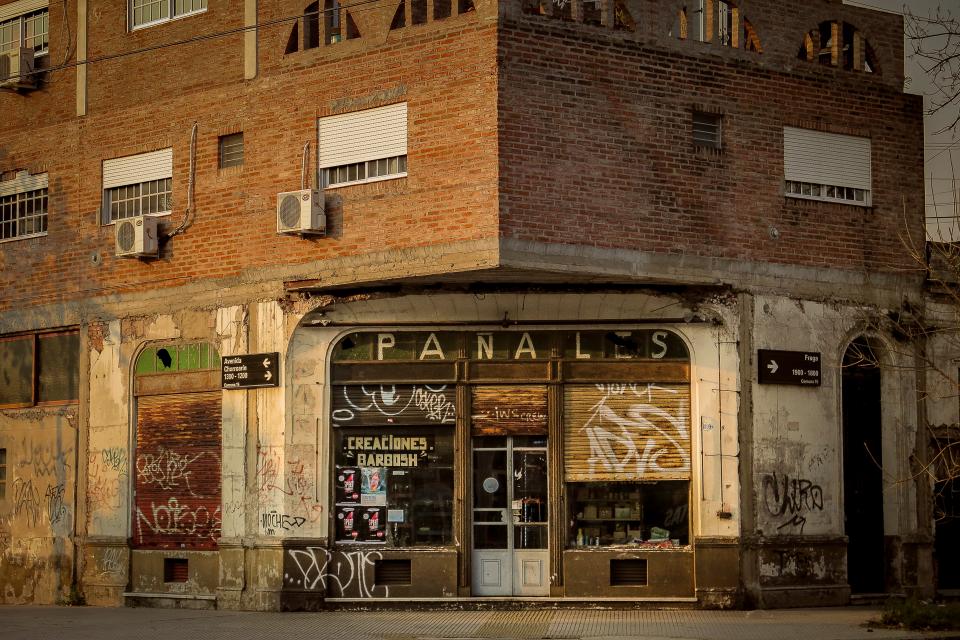
Every corner of Varosha holds hidden stories waiting to be discovered. From abandoned wedding dresses in hotel closets to letters never mailed, the city is a silent witness to lives interrupted. Urban explorers, historians, and former residents all agree: walking through Varosha is an experience unlike any other, a journey through memories preserved in dust and sunlight.
Hope and Hesitation
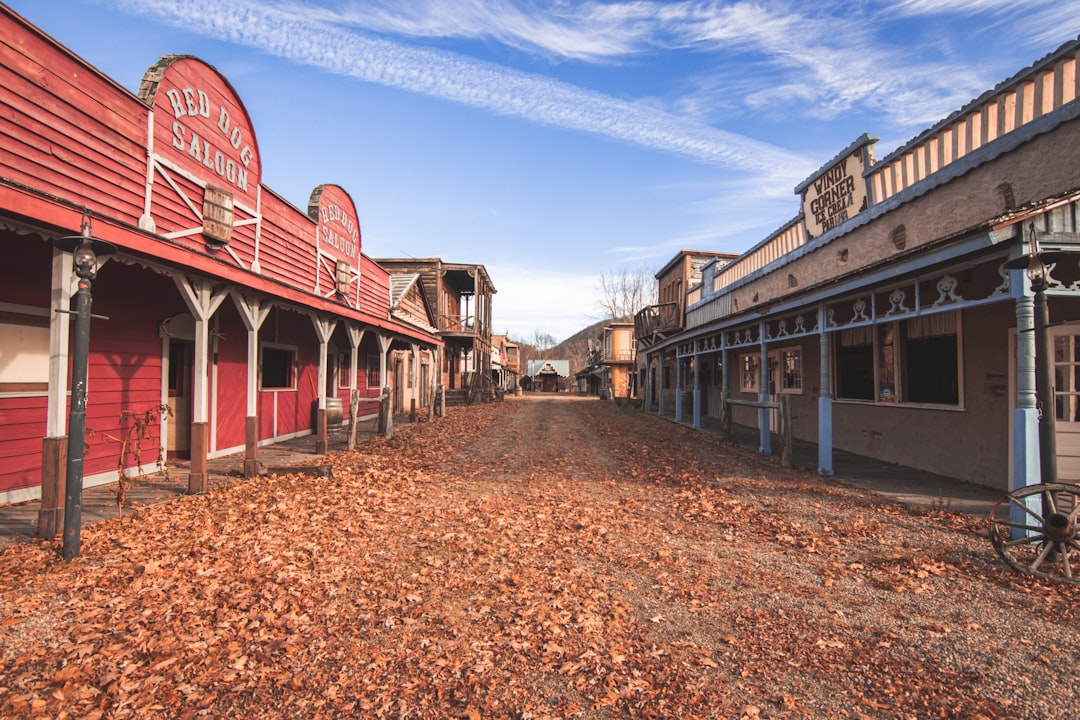
As the world watches, Varosha’s fate hangs in the balance, caught between past sorrows and future possibilities. Former residents, officials, and visitors alike grapple with difficult questions about justice, memory, and renewal. The ghost town stands as both a warning and a hope—a place where the past is ever-present, and the future is yet to be written.

